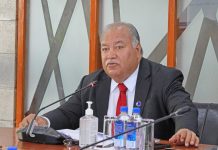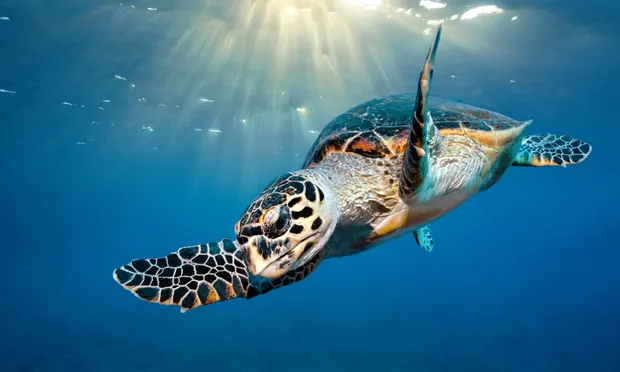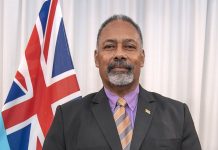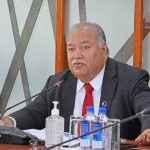After close to two decades of negotiations, an historic United Nations ocean treaty has been agreed to protect marine biodiversity in international waters.
The agreement, referred to as the High Seas Treaty, will allow marine protected areas (MPAs) to be set up in international waters.
The treaty is in line with the 30×30 pledge made by countries at the UN biodiversity conference in December, to protect a third of the sea and land by 2030.
World Wildlife Fund New Zealand’s chief executive officer, Kayla Kingdon-Bebb, said the treaty would benefit Pacific nations.
“The ocean influences every aspect of life in the Pacific,” she said.
“It’s central to culture and sustains the well-being of Pacific nations, so what happens out in the deep sea is really significant.”
She said the agreement would also improve how commercial fishing is managed.
“The pathways set out in this agreement will help safeguard these species and their habitat, and also assist in ensuring the sustainability of Pacific fisheries.”
Greenpeace campaigner Jessica Desmond said the treaty was the “first step” in getting marine protected areas implemented.
“It’s a great first step, it’s an historic win that finally paves a way to create marine protected areas and now we need to get on with the hard work of actually implementing those marine protections.”
Ocean governance expert Hugh Govan cautioned that MPAs are sometimes promoted as a “cure all for all the ocean’s ills”, which was not the case.
However, Govan said if international mechanisms designed to protect the ocean were not working, MPAs could be beneficial.
“On the high seas if management is not being very effectively carried out it may well be that marine protected areas are the best available tool,” he said.
“It might help everybody if strict protection is enforced on large sections of the high seas.”
Govan said he hoped Pacific Island states would be the strongest authorities in charge when it comes to establishing MPAs and wanted the international community to support the island nations.
“At the moment, and particularly for tuna, it is the small island states that are carrying, what we call the conservation burden for managing the world’s tuna stocks, and the fishing that happens in the high seas is benefiting from this conservation without actually being part of the access fees arrangement.”
Desmond said in the past MPAs were set up in places that were not used for fishing and she did not want to see that happen on the high seas.
She added a “network approach” needed to be taken, that included taking into account migratory patterns of marine animals.
Lice Cokanasiga, who led the Pacific Network on Globalisation (PANG) at the negotiations in New York, said the agreement meant Pacific nations would first need to be consulted if activities were to take place in the high seas bordering a country’s exclusive economic zone.
“The proponents of the activities will need to ensure that whatever happens in the areas beyond our national jurisdiction does not impact the exclusive economic zones of Pacific states,” Cokanasiga said.
She said expensive satellite surveillance systems would need to be set up to monitor the remote MPAs which would require capacity building for developing countries.
Pacific leaders have also praised the treaty. Cook Islands Prime Minister Mark Brown in a statement welcomed the conclusion of the negotiations and called for the “adoption and ratification” of the agreement to be fast-tracked.
“Once adopted, this treaty closes a legal vacuum that has existed for too long, on the effective governance of biodiversity in areas beyond national jurisdiction,” Brown said.
“When this treaty enters into force, we as ocean states will be further empowered to sustainably and equitably manage and protect the high seas and its resources.
“We look forward to collaboratively making the over exploitation of marine resources a thing of the past as we actively create protected areas in the high seas with the aim to conserve 30 percent of the ocean by 2030,” he said.
SOURCE: RNZ PACIFIC/PACNEWS














